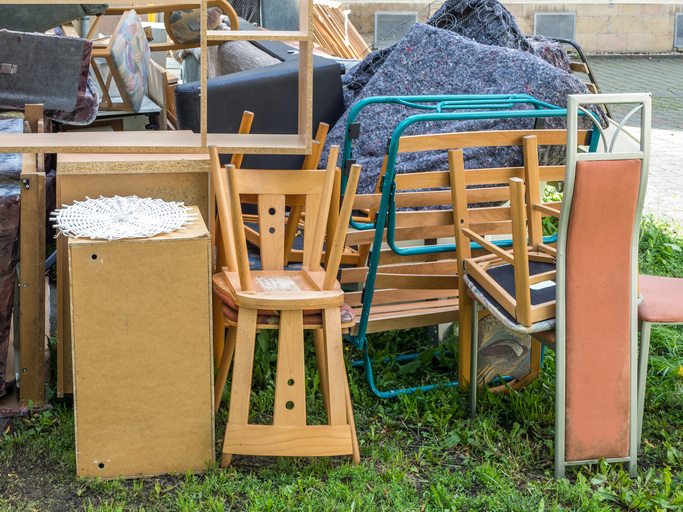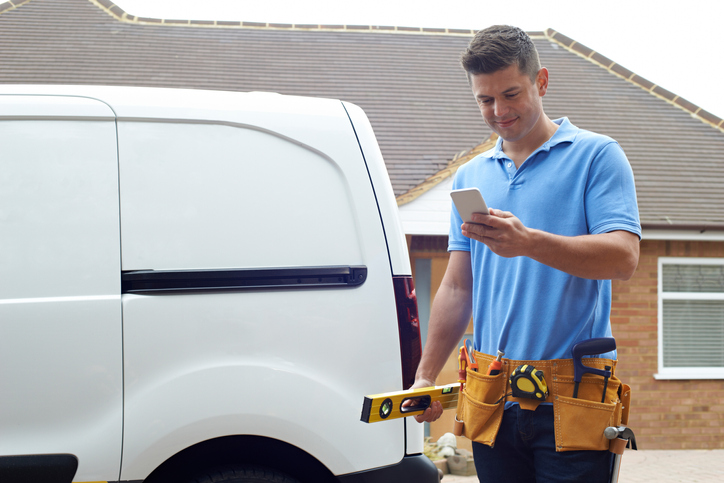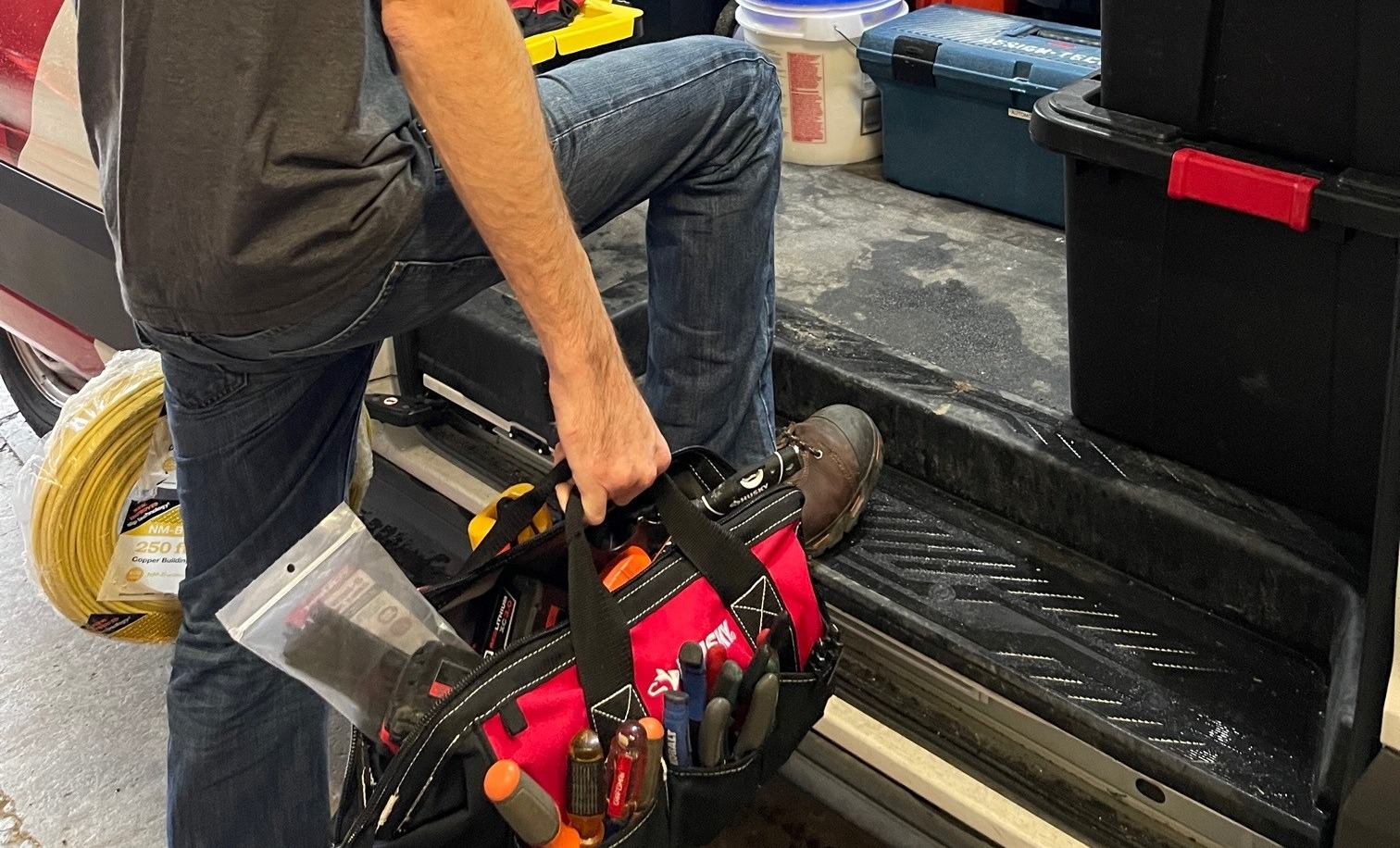The MCS Property Preservation Debris Removal Cheat Sheet

Debris removal can mean a day of hard work and a solid payday for property preservation vendors. Here are the essentials to know to make it worth your while.
What’s Involved in Property Preservation Debris Removal
Providing an estimate: Be sure your estimate for debris removal considers factors like appliances that must be removed and disposed of, hazardous waste and any prohibited items.
Following applicable laws: HUD’s strict guidelines for junk removal specify that “all exterior debris, including abandoned vehicles, is to be removed in accordance with applicable local laws.” Personal items like a swing set or dog kennel that are securely affixed and in good condition should not be removed if they add value to the property.
Retaining your receipts: It’s important to retain your receipts pertaining to waste disposal and salvage yard costs. Missing documentation could result in the property preservation provider, real estate agent or asset management company delaying payment of your invoice until properly submitted.
Keeping track of other details, including:
- The property address
- The number of salvage yards and the location where the debris was discarded
- The number and type of appliances and where they were disposed of
- A receipt confirming hazardous waste and appliances were legally disposed of
- Any items not considered general household waste (like chemicals, batteries or vehicles) and how and where they were disposed of
- Storage facility information of personal property is required to be stored for a specific period of time depending on local ordinances
Taking pictures: Documenting each phase of the debris-removal process is a must, and be sure to include photos of trailers, storage or any other critical components. If you have multiple trailer loads, be sure to visibly identify each one. Pro Tip: Consider using a white board and marker showing 1, 2, 3, etc., so that each load is easily identifiable. Also, be sure that EXIF/Metadata is turned on and included in your photo submissions.
Photo Examples: Debris Removal Before and After:
Photo Examples: Measuring Trailer & Debris Removed
Photo Examples: Measuring Trailer & Debris Removed
Suggested Tools and Supplies for Debris Removal
- Trailer (and know where your local dump facilities are for different types of debris like landscaping, general trash and hazardous materials)
- Mesh tarp (for covering the debris load) and 16-foot ratchet straps (to secure the load)
- Large, flat shovel

- Brooms
- Dustpans
- Rake
- Mini sledgehammer
- Shop-Vac
- Reciprocating saw (Sawzall)
- Gas-powered generator
- 5-gallon gas can (for your generator)
- Portable lights
- Extension cords
- Gloves
- 1-2 boxes of heavy-duty garbage bags
- 2-4 heavy-duty garbage cans
- 25- to 100-pack of dust masks
- First-aid kit
Want to expand your property preservation business with debris removal? Learn how working with MCS, a trusted property preservation partner, can help you grow your business.
Learn more and apply today at MCS360.com/service-partners/.


